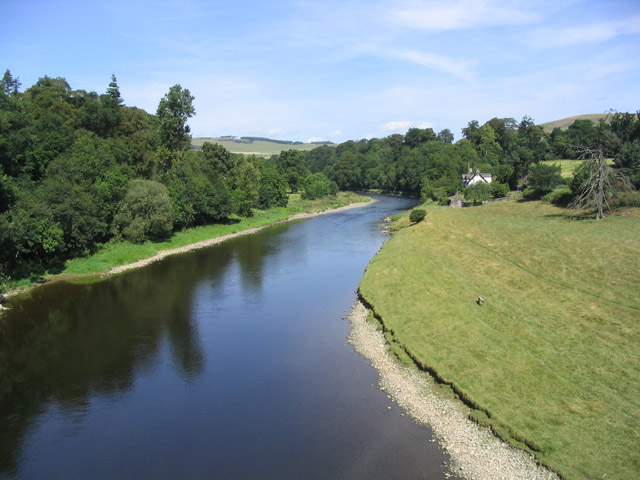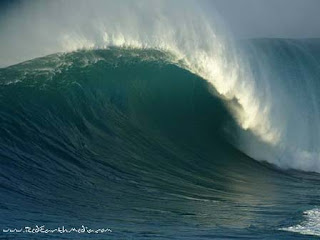Write a blog post (including images) which details (a paragraph for each point):
- The problem which lead to the TRESB Project.
- The solution to the problem.
- The result of the project. What areas were effected and how? Do you think that it was a success?
HW: 7.8 Dune Revegetation at Stuarts Point (Due Tuesday)
Vocab Quiz: Thursday 3/3
Unit Quiz: Monday 7/3
Vocab Quiz: Thursday 3/3
Unit Quiz: Monday 7/3
1. During the 1950s the entrance to the Tweed River, which is at the southern end of the Gold Coast, became a hazard to shiopping because of sandbars that were forming across the river mouth. The easy solution to this problem was to construct breakwaters to stabilise the river entrance and help keep it clear of sand. While these breakwaters initially fixed the problem for shipping, between 1962 and 1965 they had to be entended eagain due to further sand build up. At that time the long term effects on longshore drift and the supply of sand to the beaches north of the Tweed River were not considered.
2. The breakwater on the southern side of the Tweed River acted to trap sand that would naturally be moved in a northerly direction by longshore drift. The continual build up of sand on the southern side of the breakwater eventually caused the river mouth to once again silt up. It became apparent that continually extending the breakwaters was not the solution to provide a safe entrance to the Tweed River.
In an effort to create a safe river entrance and solve the problem of the beaches immediately north of the Tweed being deprived of the natural supply of sand, the accumilating sand at the river mouth was periodically dregded and trucked to the Gold Coast where it was used for beach nourishment.
3. The ongoing operations of TRESBP re being constantly monitored. The local community are frequently consulted, beach profiles are monitored both above and below the water to check on sand pumping activities and breakwaters are monitored for erosion and movement. With many users of the beach there are a range of opinions on the success of the project.
Generally the restoration of Gold Coast beaches has been well received by all. Tourists and residents have their beaches back and the Tweed River is safer for sbipping. One criticism of the project has been that the beaches of the area are now too wide. Geographers argue that in years to come the beach widths of the southern Gold Coast will return to a more natural state. Since the project has been completed there have been few major erosion events in the Gold Coast area.





